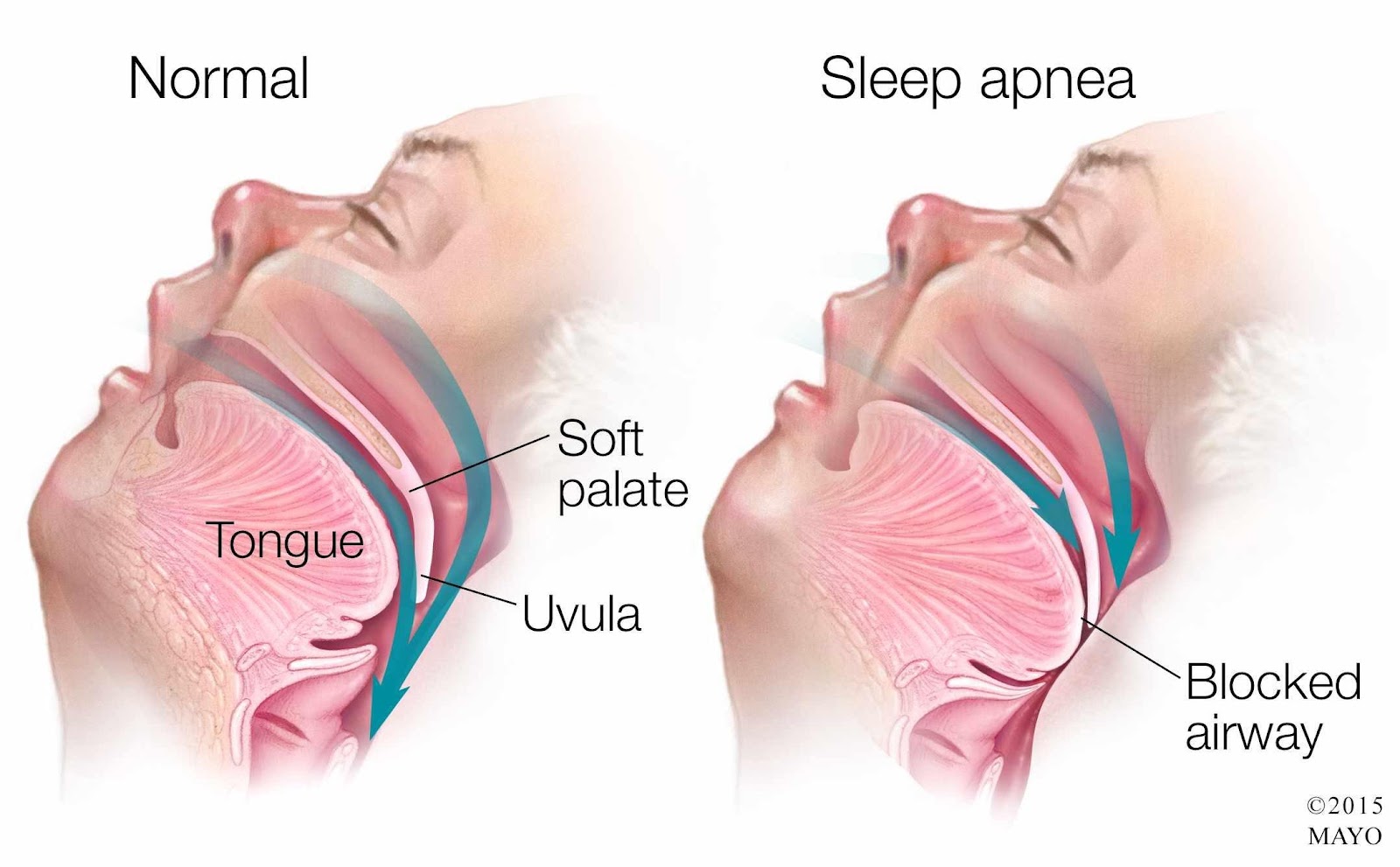The nurse observes the unlicensed assistive personnel (UAP) securing a client’s wrist restraints to the bedside rails. Which action is most important for the nurse to implement?
Complete an adverse occurrence/incident report.
Ensure that the restraints are not too tight.
Demonstrate proper securing of the restraints.
Initiate the facility’s restraint flow sheet.
The Correct Answer is C
Choice A: Complete an adverse occurrence/incident report is not the most important action because it does not correct the immediate problem or prevent harm to the client. The nurse should report the incident after ensuring the safety and comfort of the client.
Choice B: Ensure that the restraints are not too tight is an important action, but it is not enough to address the issue of improper securing of the restraints. The nurse should also teach the UAP how to secure the restraints correctly and safely.
Choice C: Demonstrate proper securing of the restraints is the most important action because it educates the UAP and prevents potential complications such as injury, infection, or circulation impairment. The nurse should show the UAP how to secure the restraints to a movable part of the bed frame, not to the rails.
Choice D: Initiate the facility’s restraint flow sheet is an important action, but it is not urgent or critical in this situation. The nurse should document and monitor the use of restraints according to the facility’s policy, but only after ensuring that they are applied correctly and appropriately.
Nursing Test Bank
Naxlex Comprehensive Predictor Exams
Related Questions
Correct Answer is ["A","C","E"]
Explanation
Choice A Reason: This is correct because providing comfort measures such as topical warm application and tactile massage can help reduce pain perception and promote relaxation by stimulating non-painful sensory receptors.
Choice B Reason: This is incorrect because assisting the client to ambulate as much as possible during waking hours can increase pain intensity and fatigue by aggravating inflamed or injured tissues. The nurse should encourage moderate physical activity within the client's tolerance level.
Choice C Reason: This is correct because determining client's subjective measure of pain using a numerical pain scale can help assess pain severity and effectiveness of pain management interventions. Pain is a subjective experience that varies among individuals.
Choice D Reason: This is incorrect because encouraging increased fluid intake and measuring urinary output every 8 hours are not directly related to pain management. These interventions are more relevant for clients with fluid imbalance or renal impairment.
Choice E Reason: This is correct because implementing a 24-hour schedule of routine administration of prescribed analgesic can help maintain a steady level of analgesia and prevent breakthrough pain. Chronic pain requires continuous treatment rather than on-demand administration.
Correct Answer is B
Explanation
Choice A Reason: This is incorrect because lifting and locking the side rails in place is a standard safety measure for all clients, but it does not address the specific risk of respiratory depression caused by morphine and OSA.
Choice B Reason: This is correct because applying the client's positive airway pressure device can help maintain airway patency and prevent hypoxia and hypercapnia, which are common complications of OSA and opioid use.
Choice C Reason: This is incorrect because elevating the head of the bed to a 45-degree angle can help reduce chest pain and dyspnea, but it does not prevent airway obstruction or respiratory depression.
Choice D Reason: This is incorrect because removing dentures or other oral appliances can help prevent aspiration, but it does not affect the client's breathing pattern or oxygenation.

Whether you are a student looking to ace your exams or a practicing nurse seeking to enhance your expertise , our nursing education contents will empower you with the confidence and competence to make a difference in the lives of patients and become a respected leader in the healthcare field.
Visit Naxlex, invest in your future and unlock endless possibilities with our unparalleled nursing education contents today
Report Wrong Answer on the Current Question
Do you disagree with the answer? If yes, what is your expected answer? Explain.
Kindly be descriptive with the issue you are facing.
